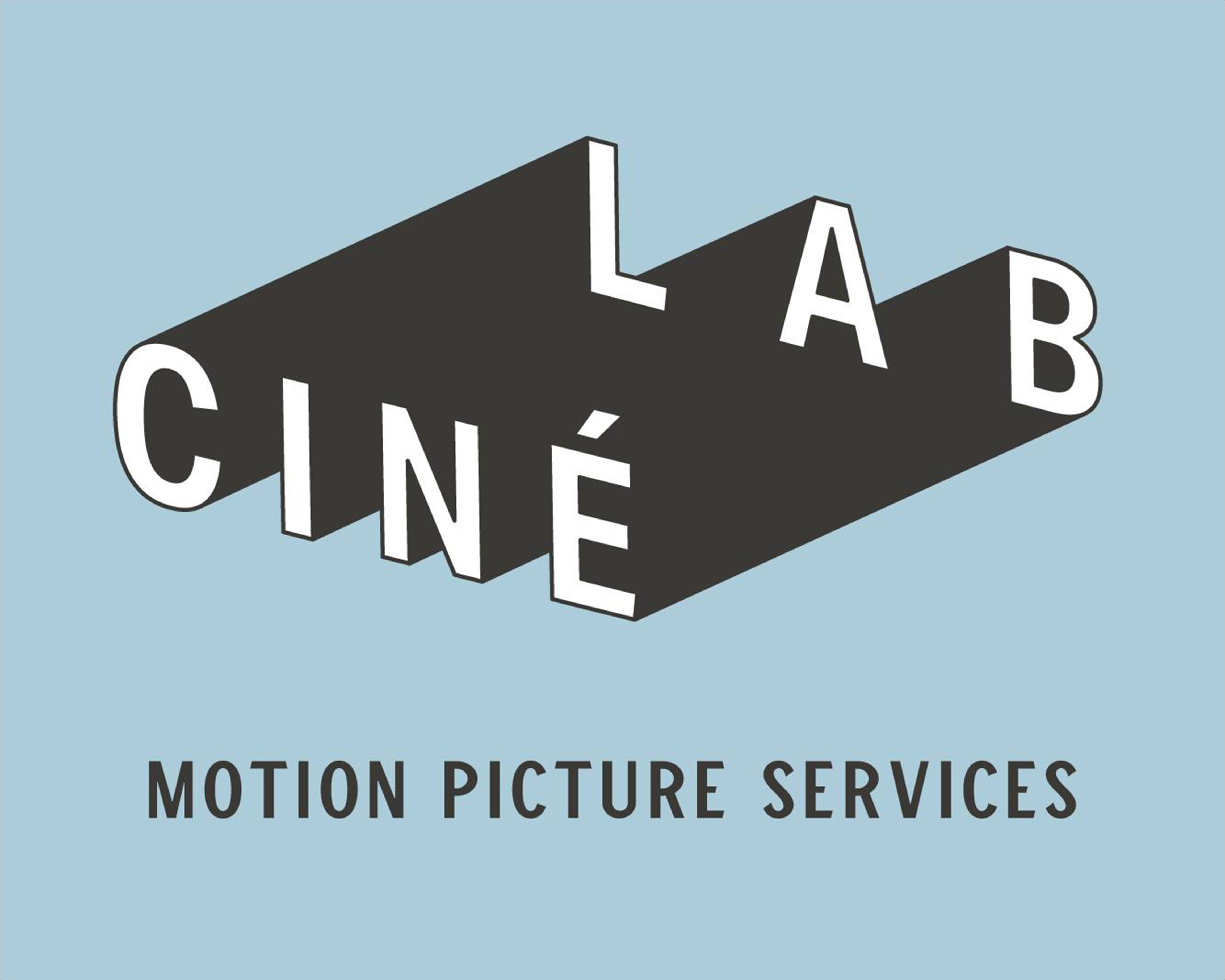e11productions
New member
In filmmaking, every camera angle, movement, and composition is an intentional psychological tool. A scene isn’t just recorded—it’s carefully designed to evoke emotion, reinforce themes, and subtly guide the audience’s perception, often without them even realizing it.
One of the most striking examples of this technique comes from The Shawshank Redemption (1994). The film masterfully uses framing to contrast the psychological states of two long-term prisoners, Brooks Hatlen and Ellis “Red” Redding, as they are released into the world after decades behind bars. Though both men experience the same life event—walking free—the way their scenes are shot tells two entirely different psychological stories.
Framing Freedom: Brooks vs. Red
When Brooks Hatlen is paroled, it should be a moment of triumph. Instead, the way the scene is framed tells us something much darker—his so-called “freedom” is anything but.
• As Brooks steps out of Shawshank, the prison bars remain behind him, a subtle but powerful reminder that although he has physically left, he is still trapped psychologically.
• The camera is static and distant, mimicking Brooks’ emotional detachment. He has no sense of where he belongs, and the cinematography reflects this by keeping him boxed in and motionless.
• Throughout his post-prison life, the framing remains tight and claustrophobic. Even in the halfway house or walking the streets, Brooks is framed in small, enclosed spaces, visually reinforcing that the outside world is just another kind of prison for him.
Now, compare that to Red’s release scene, which is visually and emotionally the complete opposite.
• Instead of lingering on the prison, the camera follows Red as he walks out, tracking him as he moves into the world.
• This motion suggests transition and change, visually telling us that unlike Brooks, Red has a real chance at a future.
• The audience is placed within Red’s perspective, making his journey feel immersive and hopeful. Unlike Brooks, who is filmed as though he is being watched from afar, Red’s framing brings us along with him, signaling that he is actively shaping his destiny.
These two sequences—identical in concept but completely different in execution—demonstrate how camera framing and movement can transform the meaning of a scene.
The Psychology Behind Camera Angles
Filmmakers use camera angles and framing as a form of visual storytelling, creating subconscious associations that influence how we interpret a character’s emotions and fate.
• Static vs. Dynamic Framing – Brooks is framed statically, often positioned dead center with little movement. This reflects his emotional stagnation—he is unable to move forward. Red, however, is filmed with tracking shots, symbolizing growth and transformation.
• Perspective and Immersion – Brooks’ scene keeps the audience at a distance, making us feel like detached observers, just as he feels disconnected from the world. Red’s scene, in contrast, moves with him, allowing us to experience his hope and uncertainty firsthand.
• Symbolism Through Composition – The bars behind Brooks serve as a metaphor for his mental imprisonment, reinforcing that he never truly left Shawshank. Red’s lack of bars in the frame signals his ability to break free mentally, not just physically.
The Power of Framing in Storytelling
These subtle cinematographic choices shape the emotional experience of the audience. Even if a viewer doesn’t consciously notice them, framing and movement create deep psychological connections to the characters.
In The Shawshank Redemption, the camera doesn’t just show two men leaving prison—it shows two different fates. Brooks, unable to cope with life beyond Shawshank, tragically takes his own life, reinforcing the idea that freedom is more than just physical—it’s mental. Red, though uncertain at first, eventually chooses hope, fulfilling Andy’s belief that “hope is a good thing.”
Had Red’s release been shot the same way as Brooks’, the audience would have felt impending doom rather than hope. Had Brooks’ release been shot with more movement and openness, we might have believed he had a chance to adjust. The way a scene is framed completely changes how we interpret it.
Why Camera Angles Matter in Filmmaking
Directors and cinematographers know that framing is more than just aesthetics—it’s a way to control emotion, guide interpretation, and reinforce deeper themes. In The Shawshank Redemption, cinematography is used to distinguish between a man who never truly left prison and one who was able to break free in both body and mind.
This is why framing is one of the most powerful psychological tools in cinema. The way a character is positioned, how the camera moves, and what elements surround them can completely transform how we feel about them.
Next time you watch a movie, pay attention to the way the camera frames the characters. Are they confined or given space? Is the camera moving forward with them, or leaving them behind? The answer may reveal more about their fate than any dialogue ever could.
Citations
1. Bordwell, David, & Thompson, Kristin. (2019). Film Art: An Introduction. McGraw-Hill Education. – A comprehensive guide on cinematography and visual storytelling.
2. Giannetti, Louis. (2020). Understanding Movies. Pearson. – Discusses cinematographic techniques, including the psychology of camera angles.
3. Ebert, Roger. (1999). Review of The Shawshank Redemption. RogerEbert.com. – Analysis of the film’s storytelling and visual techniques.
4. Brown, Blain. (2016). Cinematography: Theory and Practice. Focal Press. – A deep dive into how framing influences audience perception.
5. Deakins, Roger. (1994). The Shawshank Redemption: Cinematography Breakdown. American Cinematographer Magazine. – Insights from the film’s director of photography on visual storytelling.
This subtle art of framing and movement makes all the difference in film—sometimes, what isn’t said is just as important as what is shown.
One of the most striking examples of this technique comes from The Shawshank Redemption (1994). The film masterfully uses framing to contrast the psychological states of two long-term prisoners, Brooks Hatlen and Ellis “Red” Redding, as they are released into the world after decades behind bars. Though both men experience the same life event—walking free—the way their scenes are shot tells two entirely different psychological stories.
Framing Freedom: Brooks vs. Red
When Brooks Hatlen is paroled, it should be a moment of triumph. Instead, the way the scene is framed tells us something much darker—his so-called “freedom” is anything but.
• As Brooks steps out of Shawshank, the prison bars remain behind him, a subtle but powerful reminder that although he has physically left, he is still trapped psychologically.
• The camera is static and distant, mimicking Brooks’ emotional detachment. He has no sense of where he belongs, and the cinematography reflects this by keeping him boxed in and motionless.
• Throughout his post-prison life, the framing remains tight and claustrophobic. Even in the halfway house or walking the streets, Brooks is framed in small, enclosed spaces, visually reinforcing that the outside world is just another kind of prison for him.
Now, compare that to Red’s release scene, which is visually and emotionally the complete opposite.
• Instead of lingering on the prison, the camera follows Red as he walks out, tracking him as he moves into the world.
• This motion suggests transition and change, visually telling us that unlike Brooks, Red has a real chance at a future.
• The audience is placed within Red’s perspective, making his journey feel immersive and hopeful. Unlike Brooks, who is filmed as though he is being watched from afar, Red’s framing brings us along with him, signaling that he is actively shaping his destiny.
These two sequences—identical in concept but completely different in execution—demonstrate how camera framing and movement can transform the meaning of a scene.
The Psychology Behind Camera Angles
Filmmakers use camera angles and framing as a form of visual storytelling, creating subconscious associations that influence how we interpret a character’s emotions and fate.
• Static vs. Dynamic Framing – Brooks is framed statically, often positioned dead center with little movement. This reflects his emotional stagnation—he is unable to move forward. Red, however, is filmed with tracking shots, symbolizing growth and transformation.
• Perspective and Immersion – Brooks’ scene keeps the audience at a distance, making us feel like detached observers, just as he feels disconnected from the world. Red’s scene, in contrast, moves with him, allowing us to experience his hope and uncertainty firsthand.
• Symbolism Through Composition – The bars behind Brooks serve as a metaphor for his mental imprisonment, reinforcing that he never truly left Shawshank. Red’s lack of bars in the frame signals his ability to break free mentally, not just physically.
The Power of Framing in Storytelling
These subtle cinematographic choices shape the emotional experience of the audience. Even if a viewer doesn’t consciously notice them, framing and movement create deep psychological connections to the characters.
In The Shawshank Redemption, the camera doesn’t just show two men leaving prison—it shows two different fates. Brooks, unable to cope with life beyond Shawshank, tragically takes his own life, reinforcing the idea that freedom is more than just physical—it’s mental. Red, though uncertain at first, eventually chooses hope, fulfilling Andy’s belief that “hope is a good thing.”
Had Red’s release been shot the same way as Brooks’, the audience would have felt impending doom rather than hope. Had Brooks’ release been shot with more movement and openness, we might have believed he had a chance to adjust. The way a scene is framed completely changes how we interpret it.
Why Camera Angles Matter in Filmmaking
Directors and cinematographers know that framing is more than just aesthetics—it’s a way to control emotion, guide interpretation, and reinforce deeper themes. In The Shawshank Redemption, cinematography is used to distinguish between a man who never truly left prison and one who was able to break free in both body and mind.
This is why framing is one of the most powerful psychological tools in cinema. The way a character is positioned, how the camera moves, and what elements surround them can completely transform how we feel about them.
Next time you watch a movie, pay attention to the way the camera frames the characters. Are they confined or given space? Is the camera moving forward with them, or leaving them behind? The answer may reveal more about their fate than any dialogue ever could.
Citations
1. Bordwell, David, & Thompson, Kristin. (2019). Film Art: An Introduction. McGraw-Hill Education. – A comprehensive guide on cinematography and visual storytelling.
2. Giannetti, Louis. (2020). Understanding Movies. Pearson. – Discusses cinematographic techniques, including the psychology of camera angles.
3. Ebert, Roger. (1999). Review of The Shawshank Redemption. RogerEbert.com. – Analysis of the film’s storytelling and visual techniques.
4. Brown, Blain. (2016). Cinematography: Theory and Practice. Focal Press. – A deep dive into how framing influences audience perception.
5. Deakins, Roger. (1994). The Shawshank Redemption: Cinematography Breakdown. American Cinematographer Magazine. – Insights from the film’s director of photography on visual storytelling.
This subtle art of framing and movement makes all the difference in film—sometimes, what isn’t said is just as important as what is shown.





